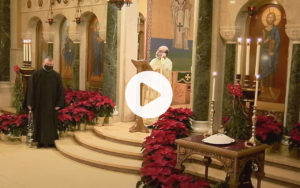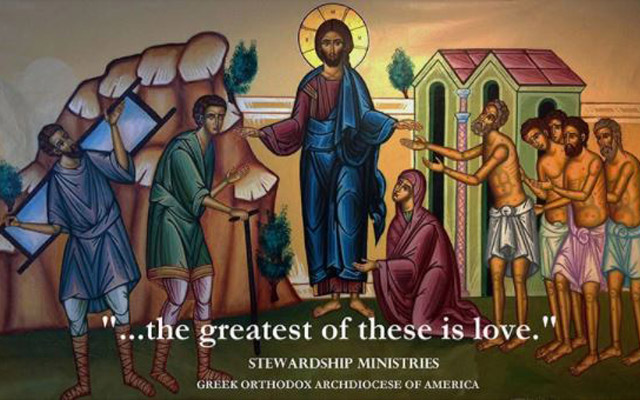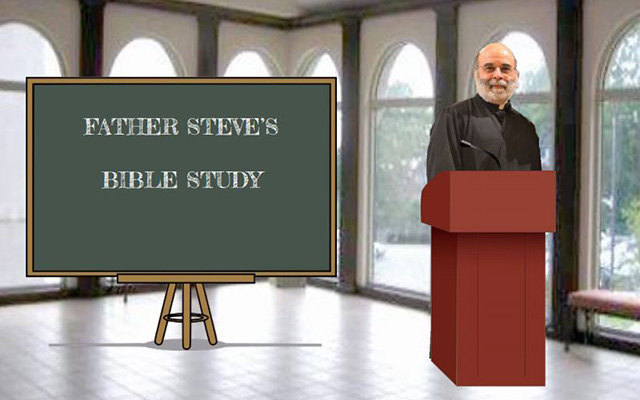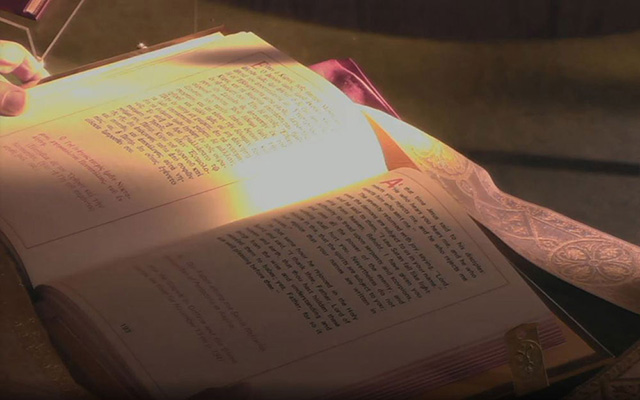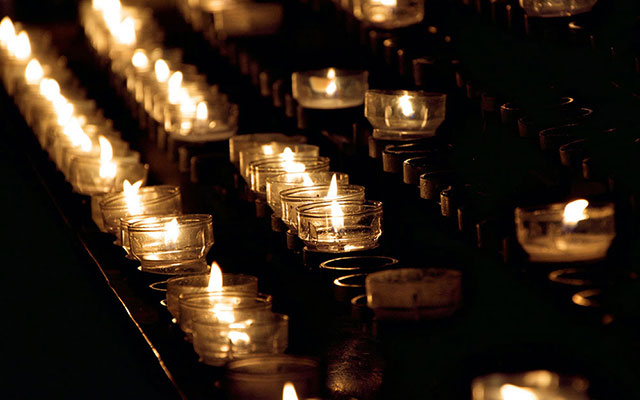The First Wednesday of Great Lent. Balancing Great Lent
George Tsongranis Do you fast? Give me proof of it by your works. If you see a poor man, take pity on him. If you see a friend being honored, do not envy him. Do not let only your mouth fast, but also the eye, and the feet, and the hands and all the members of our bodies. Let the hands fast, by being free of avarice. Let the feet fast, by ceasing to run


